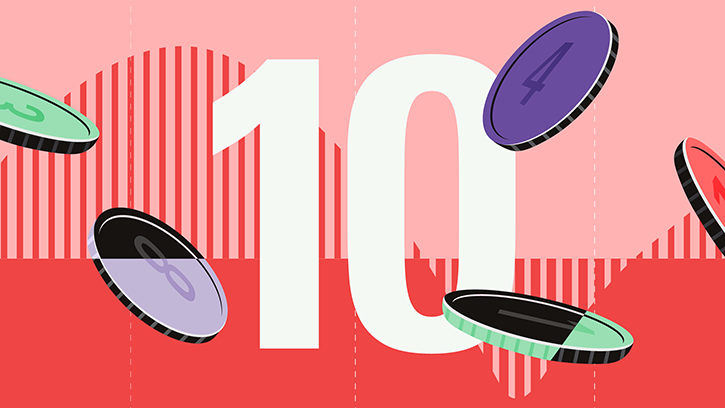
Narrow-moat Netflix (NFLX) reported another outstanding quarter despite diminishing tailwinds from the crackdown on password sharing and the introduction of ad-supported plans. Revenue growth accelerated, and subscriber additions and margins remained at historically high levels.
We still believe that recent results represent an especially booming period rather than a durable new norm. However, the firm's current momentum has proven longer lasting than we originally anticipated.
We are raising our fair value estimate to $500 per share from $440. We believe the stock is pricing in a continuation of recent trends, and while we maintain that Netflix is best-in-class, we still expect the firm to experience slower periods, making the shares overvalued.
Key Morningstar Metrics for Netflix Stock
• Fair Value Estimate: $500
• Morningstar Rating: 2 stars
• Economic Moat: Narrow
• Morningstar Uncertainty Rating: High
Is This a Growth Peak for Netflix?
Second-quarter sales rose 17% year over year, the best quarterly result since 2021, but this likely represents a peak for growth. The company has now lapped its broader crackdown on password sharing, which we believe is largely responsible for the spike in subscriber additions that began in the middle of 2023 and has continued. Netflix increased its subscriber base by another 8 million members during the second quarter, including by 1.5 million in the US, and it has expanded its subscriber base by nearly 17%, or almost 40 million members, over the past year. Netflix has still not yet cracked down on password sharing across its entire membership base, which is one reason we now expect a longer tail of elevated subscriber additions. Still, we think the biggest boost from a perfect storm of catalysts has now passed, especially in the US.
We expect growth in average revenue per member, which has been flat over the past year, to play a bigger role in sales growth in the long term. ARM increased 7% year over year in the US for the second straight quarter, but ARM declined in all other regions due mostly to a combination of currency weakness and a mix shift to lower-priced markets, like India.
Netflix Advertising Growth Can Continue
We expect advertising revenue to be a key contributor to future ARM growth. Netflix is still not yet fully monetising the opportunity it has with its ad-supported subscriber base and doesn't expect advertising to be a primary driver of revenue growth until 2026. The firm is still building out its capabilities for advertisers, including through its own ad-technology platform, which the firm anticipates broadly launching in 2025. Based on occasional disclosures and growth rates that Netflix discloses, including 34% sequential growth in ad-supported subscribers this quarter, we estimate that about 50 million of the firm's 278 million subscribers are on ad-supported plans, which leaves Netflix ample advertising inventory to monetize when it's better able.
Netflix's operating margin exceeded 27% in the second quarter, up 5 percentage points from the same period last year. Management raised its full-year margin expectation to 26%, which is up 1 percentage point from its previous forecast and would represent 6 percentage points of margin expansion over 2023. We believe Netflix has significant operating leverage on revenue, so we expect the margin to continue expanding over time. Like with revenue growth, however, we don't expect the uptrend to be uninterrupted. We expect costs to rise as the firm builds out the ad-tech platform and other support for advertising sales. We expect lower margins in the second half due, in part, to normalised programming expenses after the Hollywood strikes shut down production in the second half of 2023.
As expected, the return to normal production has weighed on free cash flow compared with last year, when it was artificially high due to the lack of content production. The firm generated $1.2 billion in free cash flow during the quarter, down about 10% year over year. Netflix reiterated its intention to spend $17 billion on content production for the full year, and it continues to expect free cash flow of about $6 billion, down from $7 billion in 2023.



























